Affiliate links on Android Authority may earn us a commission. Learn more.
5 things Android Wear can learn from the Apple Watch
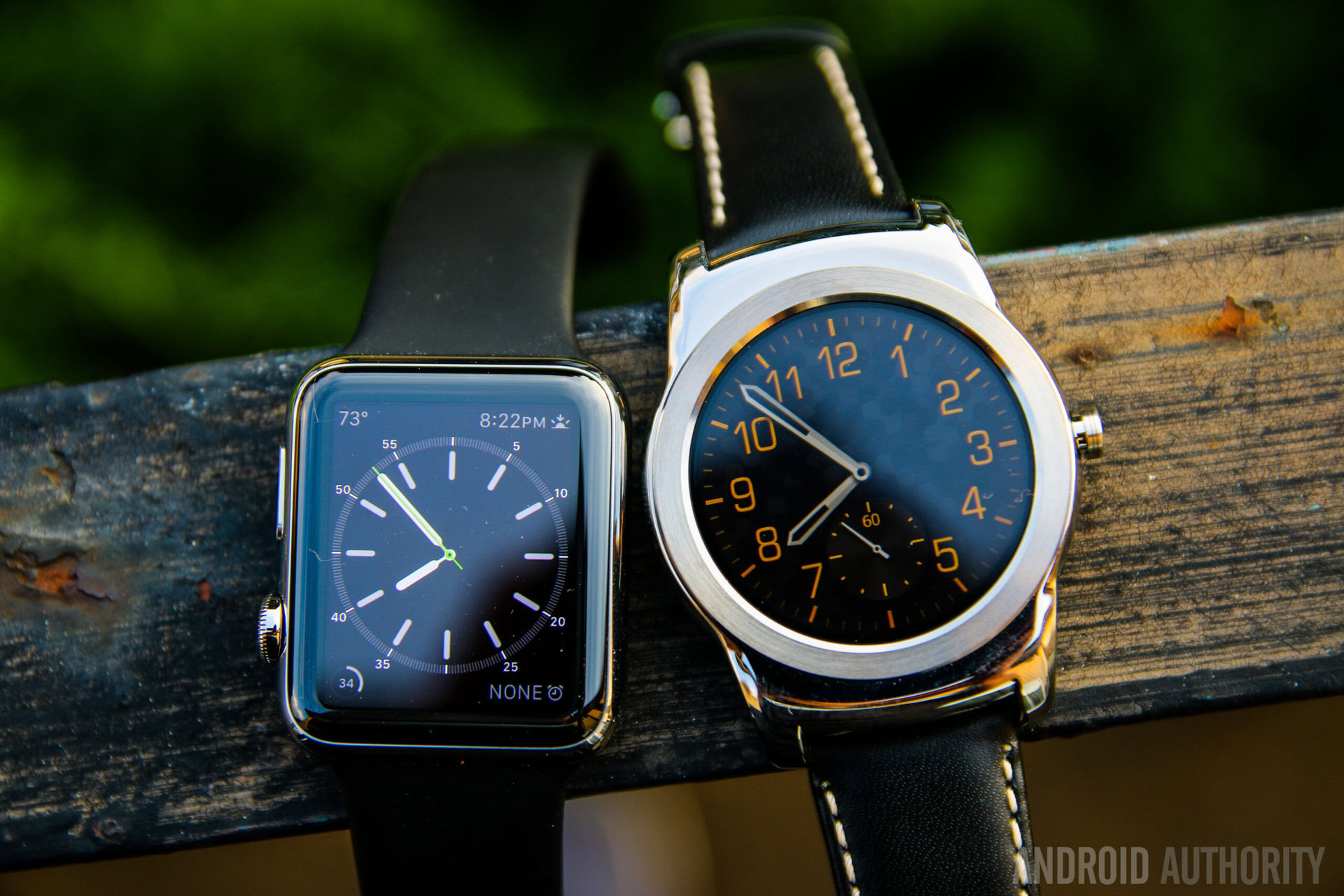
While Android and iOS continue to be embroiled in the battle for smartphone OS supremacy, there’s another war that’s waging in the shadows: the War of the Wearables.
Of course, calling it a war might be overkill, since overall wearable sales have been in a decline. Then again, there were 6 million Apple Watches sold during Q4 of 2016, which is a year-over-year increase of 12 percent. To put that into perspective, there were a total of 9 million smartwatches sold during that time, so Apple’s acclaimed wearable accounted for more than 60 percent of all smartwatch sales. In case that’s not clear, Apple Watch has been the top-selling smartwatch since its debut in 2014.
Market data reveals that there are many more iPhone users buying the Apple Watch than there are Android users buying Android Wear smartwatches.
As for smartphones, Android has roughly an 82 percent market share while iOS accounts for 18 percent of the smartphone market. This disparity shouldn’t be that surprising since there are more than 24,000 different Android devices on the market while iOS is found only on iPhones. However, Android Wear sales are only a fraction of the sales of Apple Watch. To be clear, this means there are many more iPhone users buying the Apple Watch than there are Android users buying Android Wear smartwatches. (And Android Wear smartwatches are typically cross-compatible, too!)
It boils down to this: Even though wearables haven’t gained the popularity many OEMs had hoped, sales show that the Apple Watch’s reception has been considerably more positive than Android Wear devices. So what can Android Wear learn from Apple Watch to be a greater success?
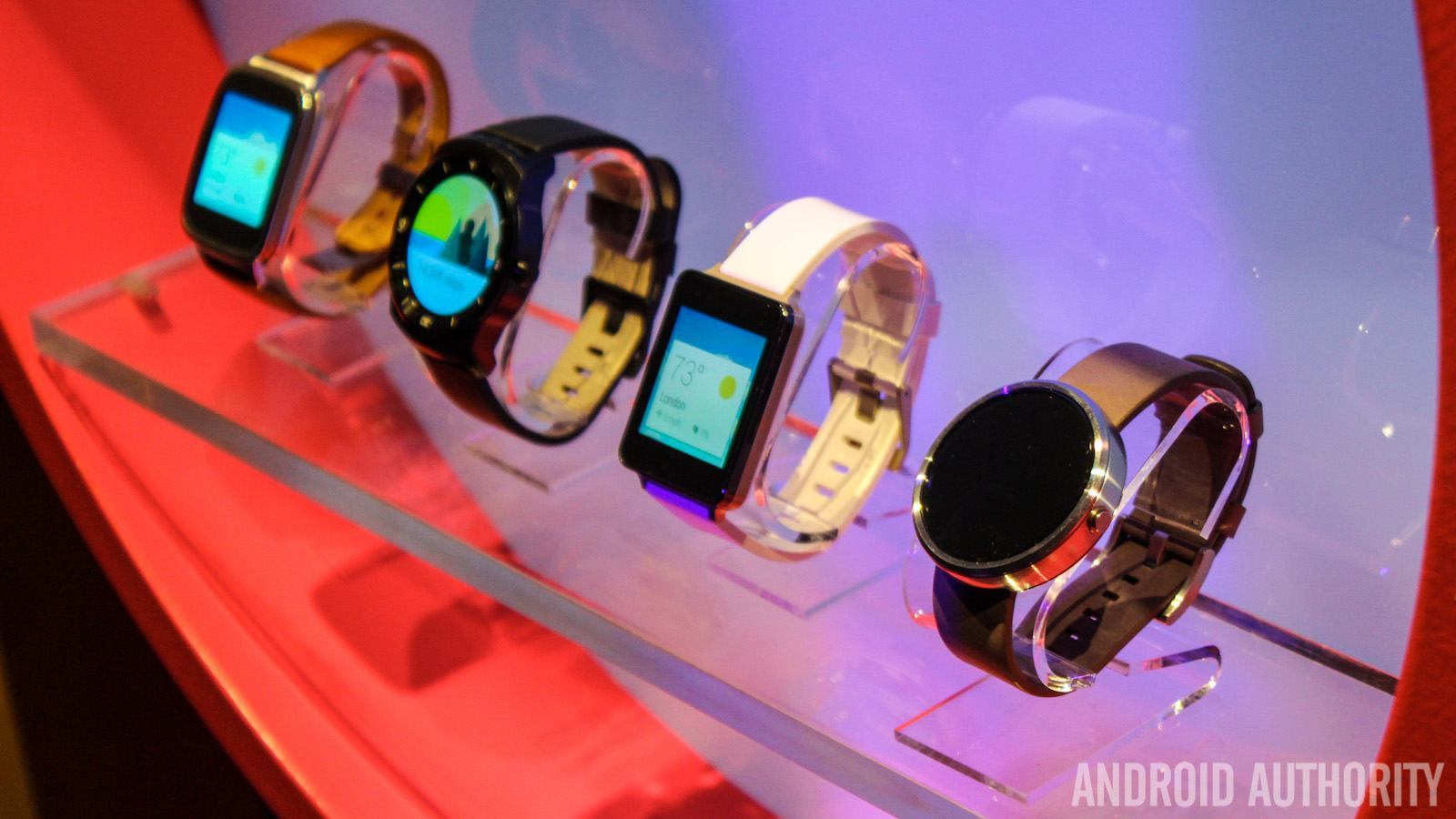
The Apple advantage
One of Apple’s greatest advantages is that the company controls both its devices’ hardware and software. In fact, this is why Apple devices are usually industry-leading performers despite technically having lesser specs than competing Android smartphones. Even if you’re not a fan of Apple products, it’s hard not to have respect for them. When a company can marry each meticulously-written line of code to very deliberately-chosen hardware, you end up with a device that’s truly remarkable.
Until recently, Google software was found only on third-party hardware. Then Google introduced the Pixel smartphones (as well as wireless routers, a speaker equipped with a new voice assistant, and a Chromecast with 4K) last year; however, the company has never released its own Android Wear smartwatch on which Google’s wearable OS could run. To date, the only smartwatches running Android Wear are made by third-party companies like LG, HUAWEI, and Lenovorola,which has surely contributed to the luke-warm sales of Android Wear smartwatches compared to those made by Apple.
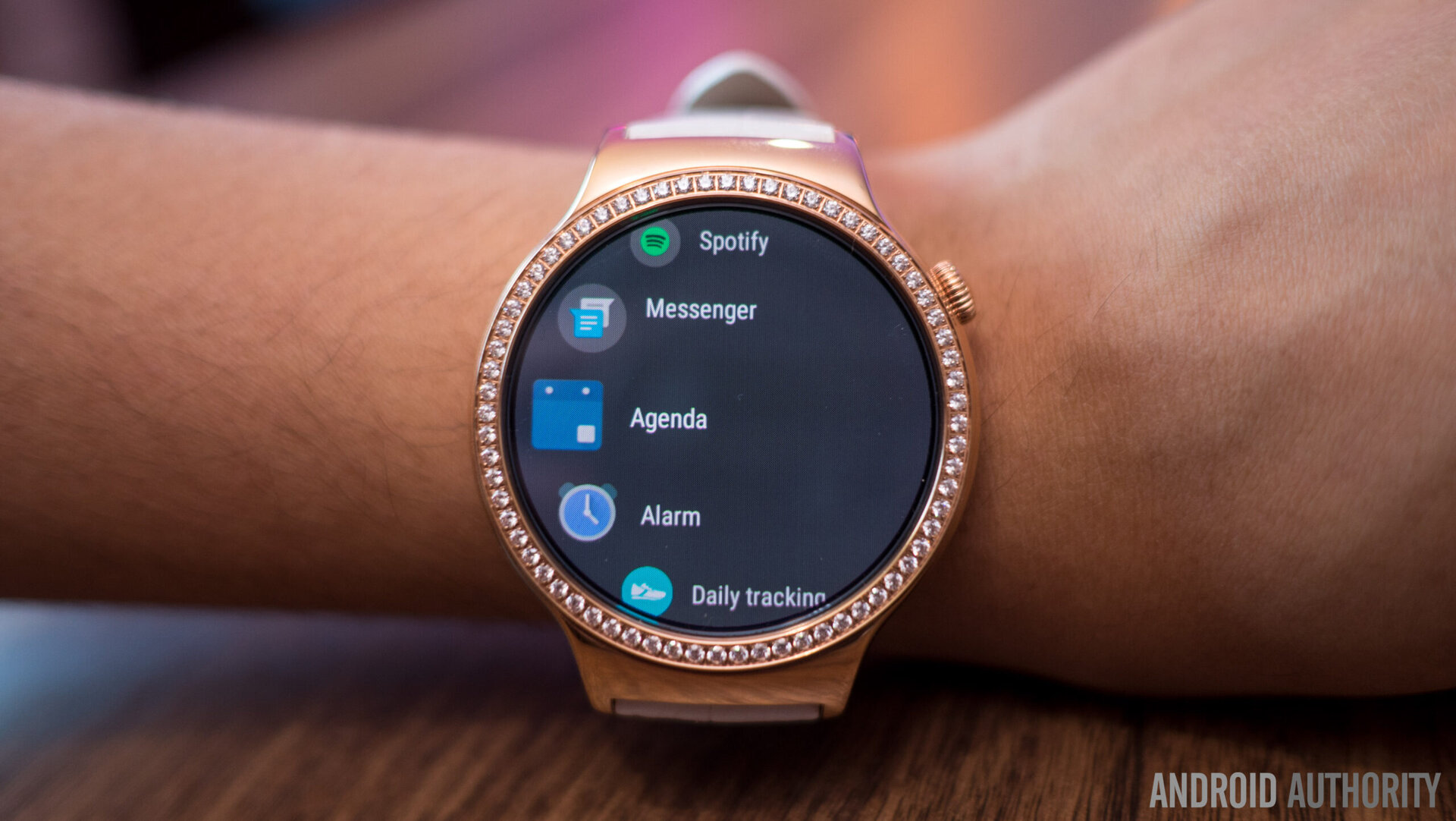
Having so many different companies making Android Wear smartwatches ensures variety, but it can easily be overwhelming, especially for a first-timer. Here’s an example: Billy decides he wants an Android Wear smartwatch after seeing Bob using Android Wear’s mobile payment function to pay for his lunch. Although he’s not super familiar with wearables, Billy figures he’ll head over to Best Buy and pick up one of the latest Android Wear smartwatches. A few days later, Billy is at the pharmacy trying to use his LG Style at the checkout counter and realizes that his brand new Android Wear smartwatch doesn’t actually support mobile payments. How can that be?
If Google made its own wearable hardware, not only would Android Wear devices be much stronger performers, it would make the wearable market seem much less “inside baseball”, so to speak. Most consumers would expect Google-made smartwatches to offer just about every possible Android Wear feature; meanwhile, many third-party smartwatches fail to take full advantage of all the features Android Wear has to offer. In other words, it’s the third-party manufacturers that are compromising the Android Wear experience. And just like many consider the Pixel smartphones to offer the best Android experience, many of us would be inclined to prefer Android Wear devices made in-house by Google to those made by virtually any other company.
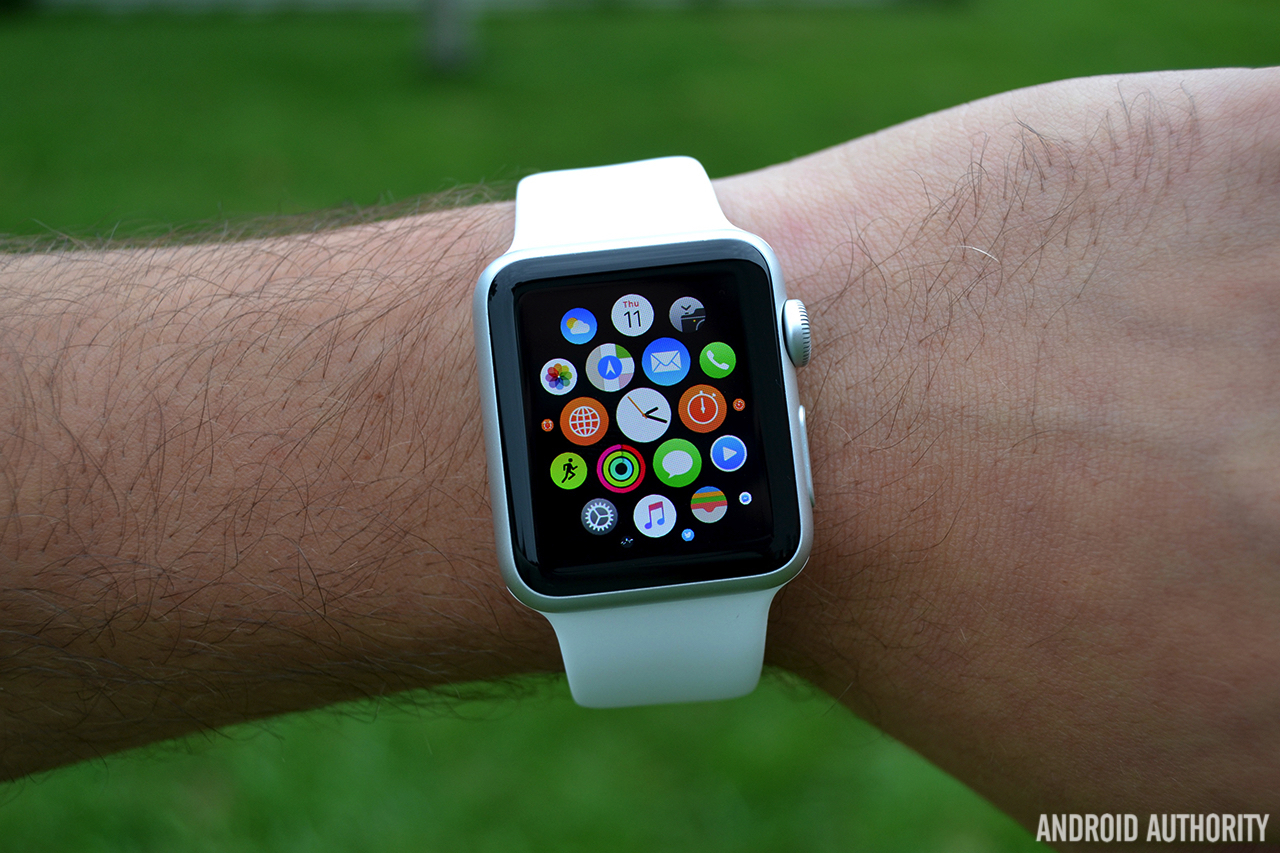
More fluidity in the UI
For first-time smartwatch users, neither Android Wear nor watchOS are as intuitive as they could be, with both involving somewhat of a learning curve. Of course, once you’ve learned the interface, it’s a matter of preference as to whether you think Android Wear or watchOS is a better experience. Having said that, there’s a certain je ne sais pais the Apple Watch has that’s distinctly lacking on Android Wear. There’s not a singular word for it, but when you use the two wearable platforms side-by-side, you start to get a feel for what has made the Apple Watch so popular.
Much like iOS, Apple’s watchOS is very fluid and elegant. Once you get past the learning curve, navigating the platform feels very intuitive and functional, but without sacrificing form. By comparison, the appearance of Android Wear — while very Material Design-esque and ‘current’ in the Android world — feels like it’ll look dated much sooner than the UI of watchOS.
Apple's watchOS is very fluid and elegant. By comparison, the appearance of Android Wear feels like it’ll look dated much sooner than the UI of watchOS.
Not-so-elegant notifications
Speaking of the Android Wear design language, the card-based setup — which is obviously a call to the notification cards you see in Android — doesn’t really translate to a wearable platform. Although notifications are more fleshed-out in Android Wear than in watchOS, as you’re swiping through notification cards, you can’t help but feel like it’s taking you way too many swipes to find the information you’re looking for. There’s no intuitive way to isolate the notification or function you need without being forced to sift through other notifications or functions to find it. An appropriate analogy is that it feels like you’re panning for gold, waiting for all the dirt to fall away and reveal what it was you’d wanted to find. Consequently, you feel like you’d wasted a lot of time while navigating notifications on Android Wear.
Depending on how you look at it, notifications on the Apple Watch may not seem all that different from Android Wear, but when you consider it from a practical perspective, the difference is more noticeable. On Android Wear, notifications are individual cards and each card must be swiped before you can access the next one. The Apple Watch’s notifications are much sleeker and more intuitive, putting your notifications into a single feed that you can navigate by rotating the crown on the side of the watch like a dial. This allows you to click onto only the notifications you want rather than having to sift through them like you’re cutting your watch out of a jungle with a machete. Again, it’s a small difference, but arguably a significant one.

Hardware controls
Although this seems to be changing with LG’s latest Android Wear devices, the vast majority of previous Android wearables had software-only controls. Of course, this isn’t necessarily a problem, especially if you’re someone who prefers tapping and swiping to physical buttons and knobs; however, the so-called ‘Digital Crown’ on the Apple Watch can be rotated like a dial, allowing users to navigate many areas of watchOS without having to rely on touching and swiping and, consequently, covering up the display.
Again, it’s a matter of preference, but Apple Watch at least offers a choice between software and hardware controls. Plus, if you’ve ever used an Apple Watch, you’ll know that the crown has a really great feel to it and adds to both the high-end look and feel of Apple wearables.
Hardware controls allow users to navigate the user interface without having to rely on touching and swiping and, consequently, covering up the display.
Unapologetically smart
Take some of the most recent Android Wear smartwatches — i.e., the LG Watch Style, the LG Watch Sport, the HUAWEI Watch 2 — and put them next to the Apple Watch 2. What do you notice? If your answer was that the Android Wear watches seem to be trying to masquerade as regular watches while the Apple Watch is unapologetically smart, you hit the nail on the proverbial head.
One of the things that makes the Apple Watch great is that it embraces its smartness, which has to have been a contributor to its success; it doesn’t provoke comparisons because it’s not trying to be something it’s not. Meanwhile, you can’t help but to compare Android Wear watches to regular non-smart watches because they’re essentially trying to be conventional watches that offer smartwatch features. On the one hand, the fact that most Android Wear devices look like regular wristwatches helps them to blend in and not stick out like Apple Watches tend to do. On the other hand, it also invites comparison and makes you more aware of the additional weight, the bulk, the fact that you have to keep them charged, and so on. In a way, it’s like Android Wear holds itself back by trying to stay within the confines of convention while the Apple Watch isn’t afraid to be something totally different.
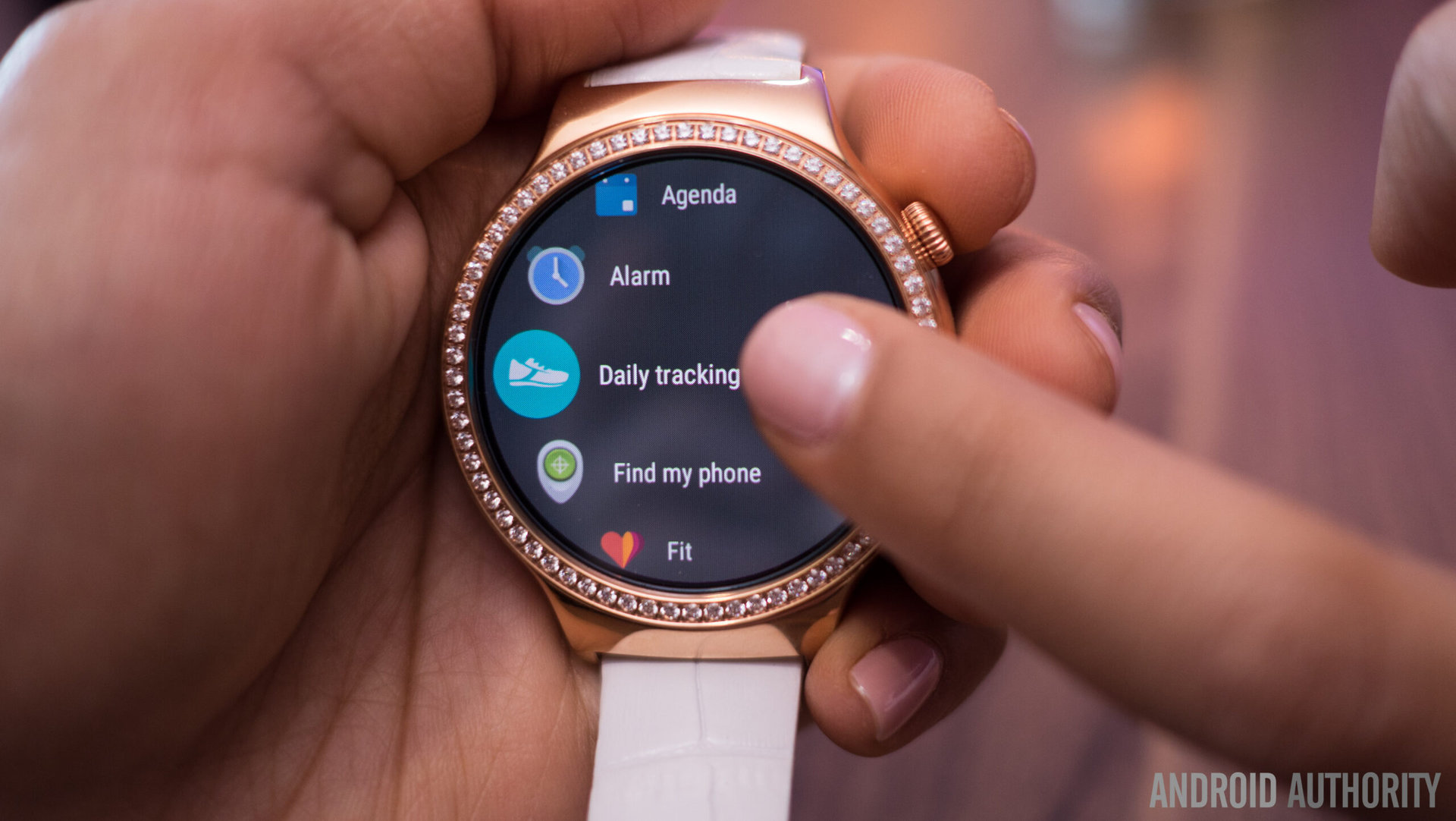
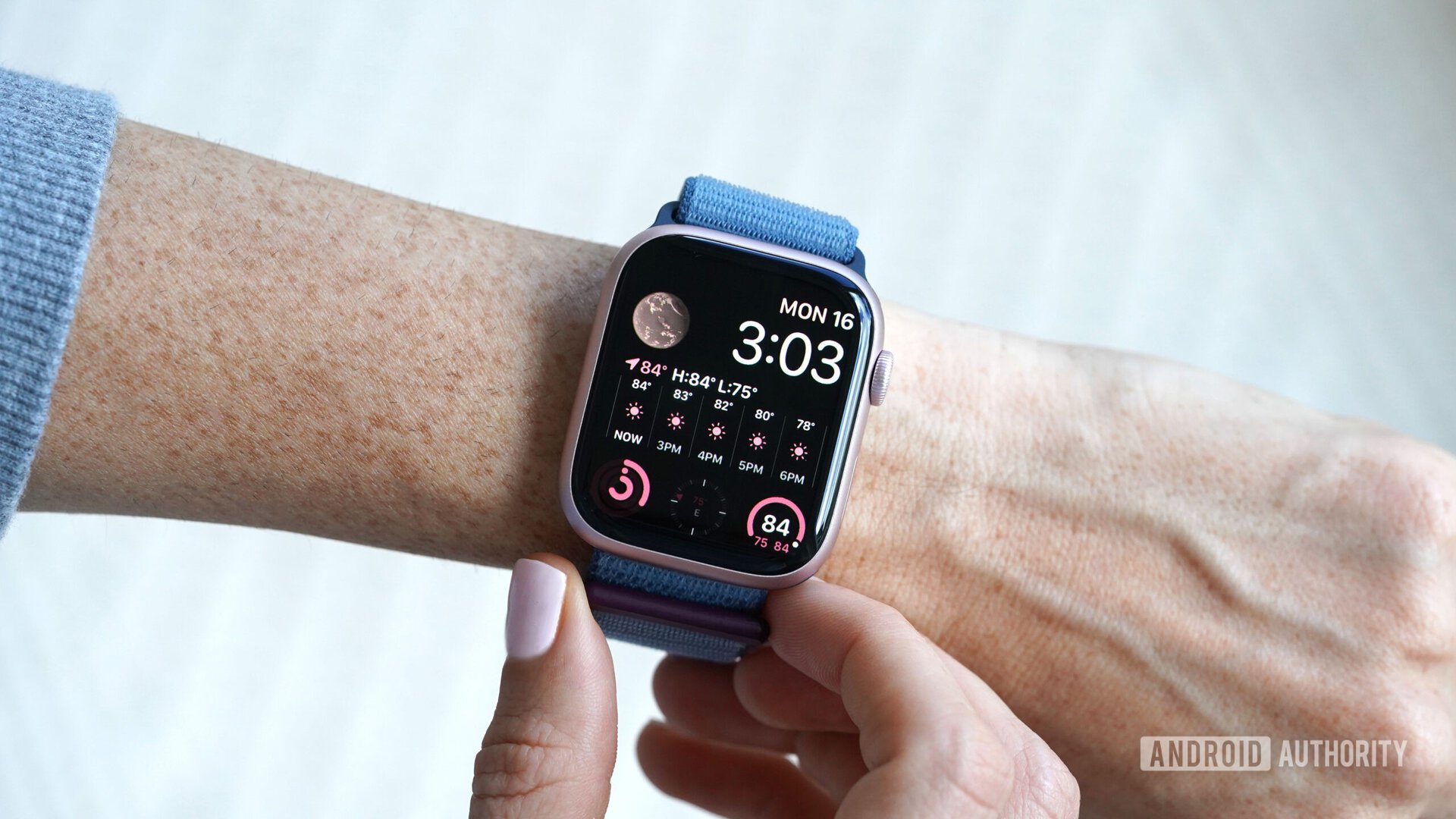
Notice that many of the lessons Android Wear can learn from the Apple Watch are conceptual rather than functional. When it comes down to it, the latest iterations of both watchOS and Android Wear share many of the same key features, including mobile payments, third-party apps, changeable bands and watchfaces, fitness capabilities, ad infinitum. However, the fact that the Apple Watch has been selling exponentially better than all Android Wear devices combined is telling, especially considering that there are far more Android users than iOS users these days. But these moderate course-corrections could make a significant difference to the usability, experience, and sales of Android Wear.
What do you think about Android Wear? Are you on board with Google wearables? Do you think that Google smartwatches have a lot to learn from the Apple Watch or are both platforms already equal in your eyes? As always, sound off in the comments section below with your thoughts on the matter.